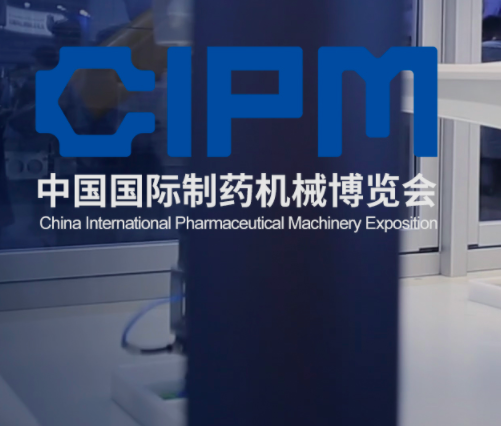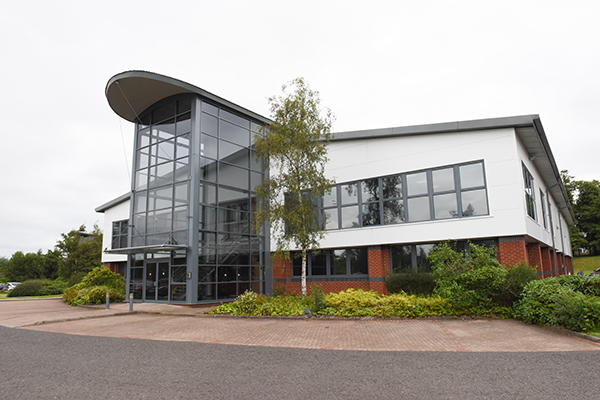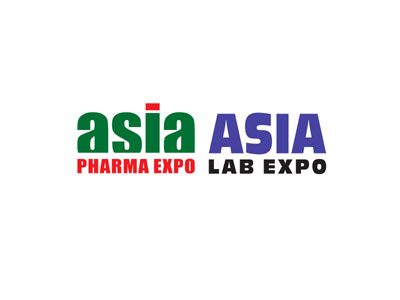China International Pharmaceutical Machinery Exposition (CIPM)

Puretech Process Systems Ltd’s distributor ITS Science & Medical will be representing us at the China International Pharmaceutical Machinery Exposition (CIPM).
Proud to be supporting the COVID-19 vaccine supply chain in the United Kingdom

Puretech’s AquaZero distillation system was recently supplied to Scotland based contract manufacturing organisation Andersen Caledonia.
Come and see us at Asia Pharma Expo 2022

Puretech Process Systems Ltd will be exhibiting with our agent SAKA international at Asia Pharma Expo in Dhaka, Bangladesh on 5 – 7th February 2022.

